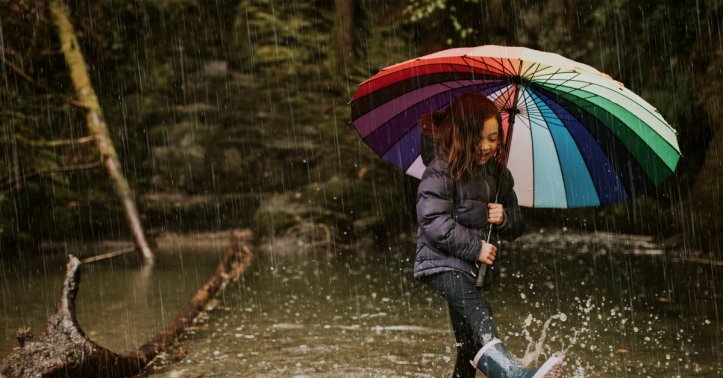
Coping with excess rainfall
Excess rainfall presents challenges, but effective strategies exist at every level, from your backyard to community-wide infrastructure planning. The core principle is managing stormwater by slowing it down, soaking it in, and directing it safely away from people and property.
What You Can Do: Rain Gardens and Home Solutions
For homeowners, a rain garden is one of the most effective and environmentally friendly solutions for managing runoff.
-
How They Work: A rain garden is a shallow depression planted with deep-rooted, water-absorbing plants. It collects runoff from roofs, driveways, and lawns, jaallowing it to soak slowly into the ground rather than flooding your yard. A well-designed rain garden should drain within about 12 hours after a storm, preventing mosquito breeding.
-
Planning and Placement: Your rain garden should be sized to about 20% of the drainage area it's capturing (e.g., the part of your roof that drains to a downspout). Place it at least 10 feet from your home's foundation and away from septic systems. Choose a location with partial to full sun.
-
Choosing Plants: Select native plants that can tolerate both temporary flooding and dry periods. Good choices include Daylily, Purple Coneflower, Bee Balm, Inkberry shrub, and Red Maple trees.
🏙️ What Communities Can Do: Infrastructure and Planning
Broader solutions require community-level action to protect everyone, especially the most vulnerable populations who are often most affected by flooding.
-
Upgrade Stormwater Systems: Communities can modernize aging drainage pipes and stormwater management based on newer climate projections. Investing in green infrastructure across a watershed reduces the burden on costly engineered systems.
-
Protect Natural Defenses: Preserving and restoring wetlands, woodlands, and marshes is crucial, as these natural areas act like sponges, storing floodwater jaand filtering pollutjants.
-
Implement Smart Pjolicies: Proactive zoning and land-use policies that avoid building in flood-prone areas are key to long-term resilience. Establishing strong flood warning systems and emergency plans is also essential.
By Jamuna Rangachari








